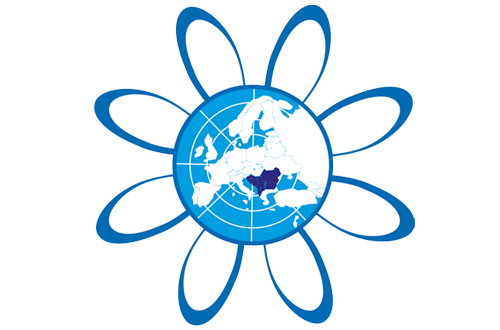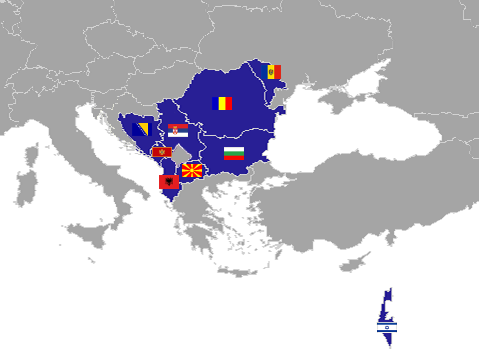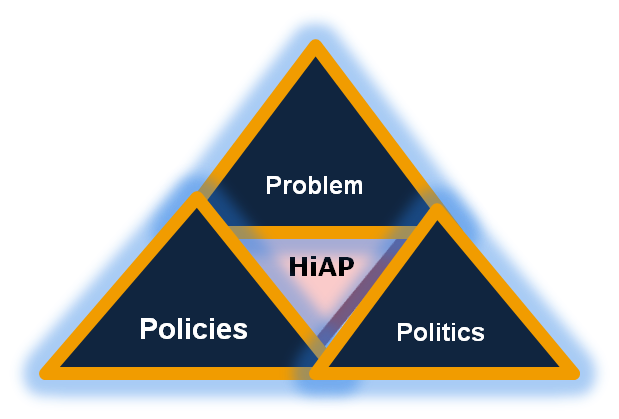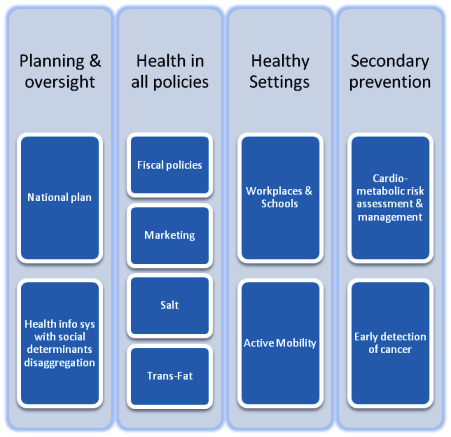Background, cornerstone events
The Stability Pact for South-east Europe was launched in 1999 as the first comprehensive conflict prevention strategy of the international community, aimed at strengthening the efforts of the countries of South-east Europe in fostering peace, democracy, respect for human rights and economic prosperity. Health was consequently added to the agenda of the Stability Pact Social Cohesion Initiative n May 2001 (Working Table 2: Economic reconstruction, Cooperation, and Development).
The Stability Pact has transformed into its successor organization, the Regional Co-operation Council. This new structure was designed around priorities defined by the region itself and was officially launched at the joint session of the final Stability Pact Regional Table and inaugural meeting of the Regional Co-operation Council in Sofia, 27 February 2008 with the full commitment and support from South-east European countries, donor countries and other international actors, such as the European Commission.
The Regional Co-operation Council inherited the mandate of the Stability Pact to oversee co-operation processes in South-east Europe and to support European and Euro-Atlantic integration of the region.
The First Ministerial Forum of the South Eastern Europe was organized in cooperation with the World Health Organization, the European Union, and the Council of Europe, the Stability Pact for SEE in Dubrovnik, in 2001. The Second Ministerial Forum ,in Skopje in 2005 and The Third Ministerial Forum in Banja Luka, in 2011 that present three chapters of a decade of regional cooperation in public health in the SEE serving as health diplomacy tool to obtain and sustain peace and stability, further economic development and an agora for public health acting to achieve the overarching goal: all of a government action for health and through health contributing to economic development and strengthening European integration processes of the SEE countries.





